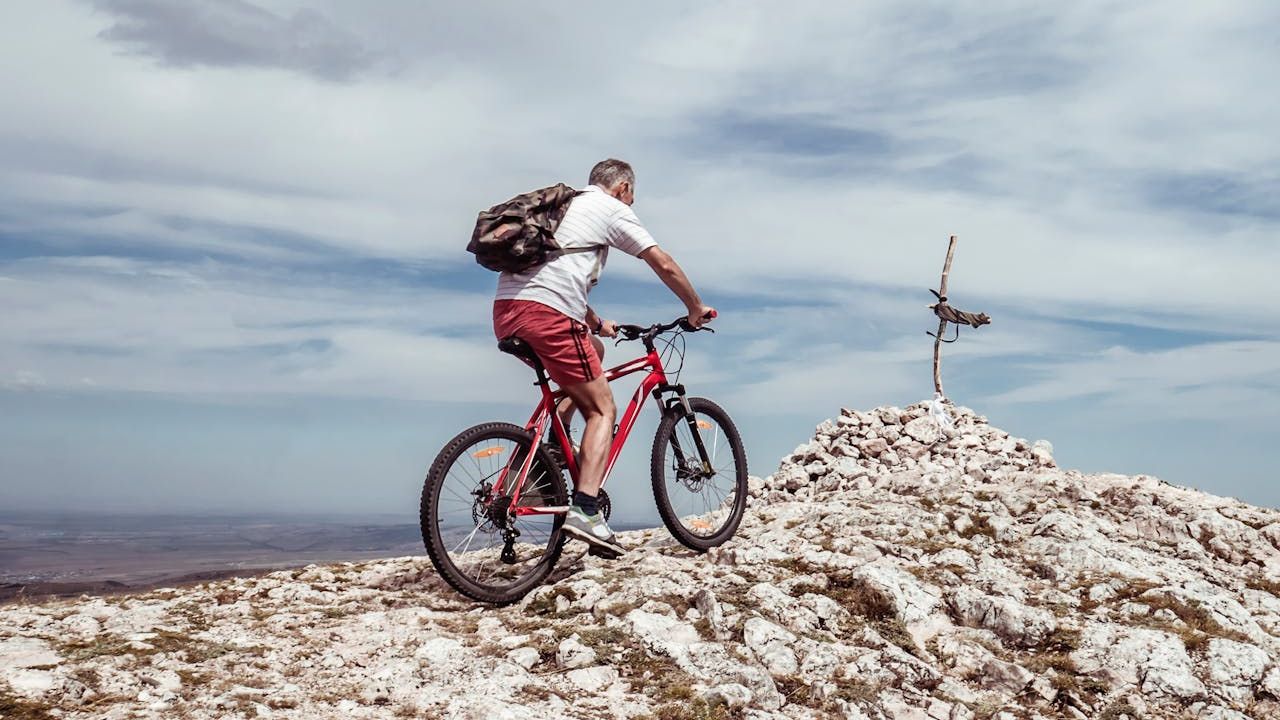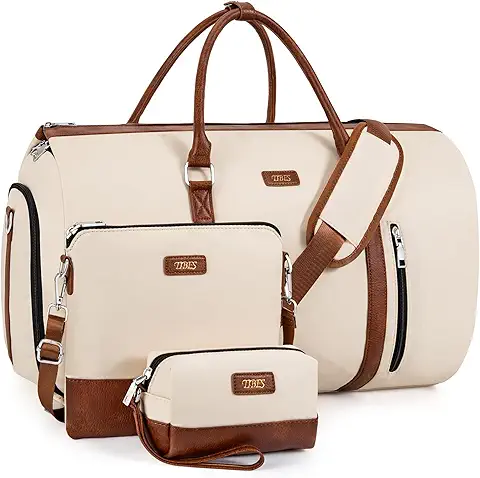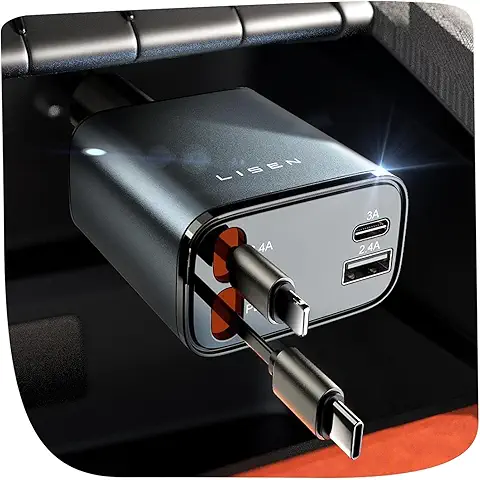How to Choose the Right Bike for Your Adventures: Road, Mountain, or Hybrid


Road, Mountain, Hybrid, Gravel, and Electric Bikes Compared
Cycling has seen a major surge in popularity in 2025, not just as a sport but as a way to commute, stay fit, and explore the outdoors sustainably. The right bike can open the door to new adventures, whether you are preparing for long weekend rides, tackling rugged mountain trails, commuting through the city, or planning a bikepacking trip. Your perfect bike choice depends on several factors: where you will ride, how often you will ride, and whether you value speed, comfort, versatility, or modern technology.
From sleek road bikes to tough mountain machines, adaptable hybrids, adventurous gravel bikes, and high-tech electric models, the range of options can feel overwhelming. This guide blends timeless buying advice with 2025 cycling trends so you can choose a bike that will serve you well both today and in the years ahead.
Understanding Your Needs Before Choosing
The first step in buying any bike is defining your riding style and terrain. This is more important than brand or color because the type of terrain you face will shape every feature you need. Paved city streets call for a different setup than forest trails, and gravel roads demand a different approach than urban bike lanes. Consider how often you plan to ride: daily commuting will influence your decision differently than occasional weekend rides. Your goals matter as well, some riders prioritize speed and endurance, others focus on comfort and sightseeing, and some simply want a reliable way to get around town. Finally, determine your budget, keeping in mind that accessories such as helmets, locks, and lights are essential parts of the investment.
Road Bikes: Speed, Efficiency, and Long-Distance Performance
If your main cycling environment consists of smooth paved roads, road bikes remain the gold standard for speed and efficiency. They are designed with lightweight frames, narrow tires, and drop handlebars that place you in an aerodynamic position. This design minimizes wind resistance and maximizes power transfer, allowing for faster speeds over long distances. Traditionally, road bike tires were very narrow, often under 30 millimeters, but the 2025 trend is moving toward slightly wider tires between 30 and 40 millimeters, which provide more comfort without sacrificing performance.
Modern road bikes typically use 700c wheels, which roll efficiently on flat terrain and maintain momentum with ease. Materials range from affordable aluminum to premium carbon fiber, which offers superior vibration damping and weight reduction. Titanium frames, while rare and expensive, combine strength and comfort for riders seeking a long-term investment. Road bike gearing varies from simple single-speed setups for flat urban routes to wide-range systems for hilly regions.
Recent innovations have further enhanced the appeal of road bikes. Shorter crank arms are becoming popular, improving comfort for a wider range of riders. Disc brakes are now standard, offering powerful stopping ability in all weather conditions. Some high-end models even integrate aerodynamic sensors that track wind resistance and provide performance feedback. If speed, endurance, and smooth-surface efficiency are your top priorities, a road bike will give you the most rewarding experience.

Mountain Bikes: Built for Rugged Terrain
For riders who seek adventure on uneven ground, mountain bikes are the clear choice. They are built to withstand the challenges of dirt paths, rocky descents, and forest trails. Their frames are stronger than those of road bikes, and their wide, knobby tires grip loose surfaces with confidence. Suspension systems are a defining feature: hardtail models, which have front suspension only, are lighter and better suited for moderate trails, while full-suspension bikes absorb impacts at both ends, making them ideal for technical and demanding terrain.
Mountain bike wheel sizes vary. Twenty-nine-inch wheels, known as “29ers,” roll smoothly over obstacles and maintain stability at speed, while 27.5-inch wheels offer a balance of agility and control. Older 26-inch wheels are less common today but still favored by some riders who prefer quick handling. Gearing is designed to handle steep climbs and fast descents, and flat handlebars give you stability while allowing precise steering.
The 2025 mountain biking scene has embraced tubeless wide tires for better traction and fewer punctures, carbon rims for reduced weight, and dropper seat posts that let you adjust saddle height on the fly. For anyone who enjoys challenging trails, backcountry routes, or exploring off the beaten path, a mountain bike’s durability and control are unmatched though their heavier build makes them less efficient on city streets.
Hybrid Bikes: Versatility for Everyday Riders
Hybrid bikes offer a practical solution for riders who want one bike to do it all. They borrow the speed and wheel size of road bikes while adding the upright posture and stability of mountain bikes. This makes them ideal for city commuting, light trail riding, and recreational weekend outings. A typical hybrid in 2025 will have 700c wheels fitted with tires between 32 and 45 millimeters wide. This combination rolls efficiently on pavement but can also handle gravel paths and park trails with ease.
Comfort is a hallmark of the hybrid design. Flat handlebars provide a relaxed riding position that reduces strain on the neck and back, while wider saddles make longer rides more comfortable. Many hybrids come with mounts for racks, fenders, and baskets, making them a favorite among commuters who carry gear or groceries. Gearing can be as simple as a single-speed for flat cities or as wide-ranging as a mountain bike for hilly commutes.
Trends for 2025 include built-in lighting systems for safer night riding, weather-resistant internal gear hubs for low maintenance, and integrated frame mounts for accessories. While hybrids are not as fast as road bikes or as rugged as mountain bikes, they offer an attractive middle ground for riders who want flexibility without needing multiple bikes.
Gravel Bikes: The Modern Adventurer’s Choice
In recent years, gravel bikes have emerged as one of the most versatile options on the market, and their popularity continues to grow in 2025. They are designed for mixed terrain, handling everything from paved roads to gravel backroads and light trails. A gravel bike resembles a road bike but with wider tire clearance, often up to 50 millimeters and geometry that provides stability and comfort over long distances.
These bikes are ideal for bikepacking and touring because they often include multiple mounting points for racks, water bottles, and gear bags. They can be fitted with tubeless tires to reduce flats and increase comfort on rough surfaces. The 2025 generation of gravel bikes is introducing suspension forks designed specifically for this category, offering extra comfort without compromising speed. Carbon fiber remains a popular frame material for its lightness and strength, though steel and aluminum versions are still widely available for those seeking affordability or durability.
Gravel bikes appeal to riders who want to explore beyond the limits of pavement without sacrificing efficiency. They are the perfect compromise between a road bike’s speed and a mountain bike’s stability, making them an excellent option for long-distance adventurers.

Electric Bikes: Expanding Possibilities
Electric bikes, or e-bikes, have become a mainstream choice in 2025. With integrated motors providing pedal assistance, they make cycling accessible to a broader audience and open up new possibilities for commuting, touring, and recreation. Riders can choose between hub-drive motors, which are built into the wheel, and mid-drive motors, which connect directly to the crank for a more natural pedaling feel.
Battery ranges vary from around 40 miles for compact city e-bikes to over 100
miles for touring models, depending on assist level, terrain, and rider input. E-bikes are classified into three main categories: Class 1 models provide pedal assistance up to 20 miles per hour, Class 2 models add a throttle for motor-only propulsion, and Class 3 models extend pedal assistance to 28 miles per hour.
The latest trends include lighter battery systems, integrated smart displays for performance tracking, and the rise of cargo e-bikes for transporting children, groceries, or business deliveries. While e-bikes are heavier and require charging, they remove barriers for riders facing long distances, steep hills, or physical limitations, making cycling a more viable option for daily life.
Getting the Perfect Fit
Regardless of bike type, fit is the most important factor for comfort and performance. A bike that is too large or too small can cause discomfort and even lead to injury. Riders should measure their inseam, check manufacturer sizing charts, and, whenever possible, test ride different sizes. Adjustments to saddle height, handlebar reach, and stem length can make a significant difference. For a truly personalized experience, many bike shops offer professional fitting services that ensure the geometry matches your body dimensions.
Budgeting and Accessories
The cost of bikes in 2025 ranges widely based on materials, components, and technology. Road bikes often start at around $1,000 for entry-level models and can exceed $10,000 for professional builds. Mountain bikes can be found from $800 upward, with top-end models reaching $8,000 or more. Hybrids are the most budget-friendly, generally between $500 and $2,000. Gravel bikes range from $1,200 to $6,000, while e-bikes usually cost between $1,500 and $7,000.
It’s also important to budget for accessories. A high-quality helmet is essential for safety, and a sturdy lock will protect your investment. Lights, a pump, a repair kit, fenders, racks, and weather-appropriate cycling clothing can significantly enhance your riding experience.
The Value of Test Rides
A test ride is one of the most revealing parts of the buying process. It allows you to feel the bike’s handling, comfort, and responsiveness. During a test ride, pay attention to how the bike accelerates, how easily the gears shift, and whether the braking feels secure. Try to ride on terrain similar to your intended use, a smooth road for a commuter bike or a trail for a mountain or gravel bike. Even minor adjustments in fit during the test can help you determine if the bike is truly right for you.
Maintenance for Longevity
Proper maintenance keeps your bike performing well for years. Road bikes generally require less upkeep but still benefit from regular chain lubrication and tire checks. Mountain and gravel bikes face harsher conditions and should be cleaned more frequently, with particular attention to the drivetrain and suspension. E-bikes require both traditional bike maintenance and battery care, including proper charging and storage practices. Regular servicing not only extends the bike’s life but also keeps you safe on the road or trail.
Final Thoughts
Choosing the right bike in 2025 is about matching your riding goals, terrain, and comfort preferences with the right design and features. Road bikes excel at speed and endurance on pavement. Mountain bikes offer unbeatable control in challenging off-road environments. Hybrid bikes provide versatility for everyday riders, while gravel bikes deliver adventure-ready adaptability. E-bikes expand possibilities, making longer rides and tougher routes accessible to more people.
By considering your needs carefully, investing in proper fit, budgeting realistically, and keeping up with maintenance, you can select a bike that enhances your cycling experience for years to come. With the right choice, every ride, whether it’s a quick commute or a multi-day adventure becomes a journey worth savoring.








